The Ultimate Ho Chi Minh City (Saigon) Travel Guide (2025)

Ho Chi Minh City, Vietnam's economic powerhouse where French colonial elegance meets modern Asian dynamism, welcomes over 8 million visitors annually. With Vietnam's first metro line finally opening in December 2024 after 12 years of construction, exploring this fascinating metropolis has never been easier. From war museums that'll leave you speechless to rooftop bars with million-dollar views, Saigon offers experiences you won't find anywhere else in Southeast Asia.
Getting Around: The Game-Changing Metro and Your Transport Options
The Brand New Metro Line 1

Photo by Ho Chi Minh City Metro Guide
After what felt like an eternity of delays (and plenty of local jokes), Ho Chi Minh City's Metro Line 1 finally opened on December 22, 2024. This 19.7km line connects Ben Thanh Market in the heart of District 1 to Suoi Tien Theme Park, with 14 stations in between. It's a game-changer for tourists - no more haggling with taxi drivers or death-gripping a motorbike taxi in traffic.
The metro runs from 5 AM to 10 PM daily, with trains every 5-8 minutes during rush hour. Fares range from 7,000 to 20,000 VND ($0.30-$0.80), and there's even free WiFi on board. Pro tip: Download the metro app before you arrive - it has an English interface and you can top up your card digitally.
Grab: Your Best Friend in Saigon
Forget Uber - Grab is king in Southeast Asia. Download it before you land, and you'll save yourself countless headaches. A GrabBike (motorbike) ride across District 1 costs about $1-2, while a GrabCar runs $3-5. From the airport to downtown, expect to pay $6-10 for a car, or brave it on a bike for $3-4.
Here's what Western tourists often don't realize: GrabBike is perfectly safe and incredibly efficient. You'll get a helmet (required by law), and drivers are GPS-tracked. Just hold on tight and lean with the turns - you'll feel like a local in no time.
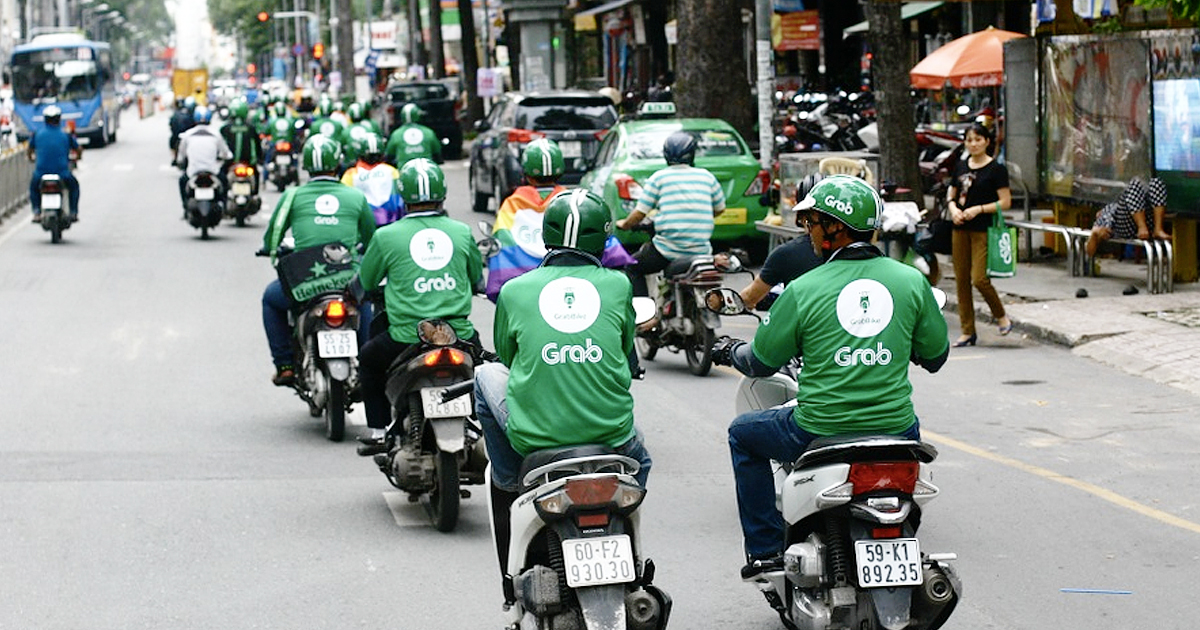
Photo by vulcanpost
Must-See Attractions: Beyond the Tourist Traps
War Remnants Museum: Prepare for an Emotional Journey
This isn't your typical sanitized war museum. The War Remnants Museum pulls no punches in depicting the Vietnam War (or as locals call it, the American War) from the Vietnamese perspective. The Agent Orange exhibits are particularly haunting, with photographs that'll stay with you long after you leave.
Budget 2-3 hours here, and go early (8 AM opening) to avoid crowds and the midday heat. Entry is just $1.50, making it one of the best value attractions in the city. The outdoor display of captured American military equipment, including a massive Chinook helicopter, provides a sobering Instagram backdrop.

Photo by Wikipedia
Independence Palace: Frozen in Time
This is where the Vietnam War officially ended on April 30, 1975, when North Vietnamese tanks crashed through the gates. The palace remains exactly as it was that day - from the president's office to the underground war bunkers complete with 1960s radio equipment.
What makes this place fascinating isn't just the history - it's the perfectly preserved 1960s aesthetic. Think Mad Men meets Cold War bunker. The basement command center, with its massive maps and old-school communications gear, feels like a movie set. Entry is $2, and the English-speaking guides (free with admission) really bring the stories to life.

Photo by Wikipedia
Notre-Dame Cathedral: Under Wraps Until 2027
Here's something most travel blogs won't tell you: the iconic Notre-Dame Cathedral is completely covered in scaffolding for restoration until 2027. You can still snap a photo from outside, but it won't be the postcard shot you're expecting. However, the Central Post Office next door remains stunning and fully accessible.
The post office, designed with input from Gustave Eiffel (yes, that Eiffel), is a functioning post office where you can send vintage postcards home. Look for Mr. Duong Van Ngo, who's been writing letters for people here since he was 17 - he speaks English and his calligraphy makes for a unique souvenir.

Photo by Local Vietnam
Cu Chi Tunnels: Claustrophobia Warning
About 90 minutes outside the city, the Cu Chi Tunnels offer a visceral understanding of guerrilla warfare. These weren't just tunnels - they were an entire underground city with hospitals, schools, and weapons factories. The Viet Cong lived here for years, right under the Americans' noses.
You can crawl through specially widened tourist sections (the originals are impossibly small for most Westerners), but even these will test your comfort with tight spaces. The firing range where you can shoot an AK-47 ($2 per bullet) is ethically questionable but undeniably popular. Book a small group tour ($15-25) rather than the cattle-car bus tours.

Photo by Vietnam News
Skyline Views: Where to Get That Perfect Instagram Shot
Skydeck vs. Landmark 81: The Verdict
Everyone asks which observation deck is better. Here's the truth: Landmark 81 is taller (Vietnam's tallest building), but Skydeck at Bitexco Financial Tower offers better views. Why? Location. Bitexco sits right in the heart of District 1, giving you 360-degree views of the old and new city. Landmark 81 is in Binh Thanh district, so you're looking at the city from the outside in.

Photo by Booking.com
Skydeck costs $10 and includes a free drink. Go at sunset (around 5:30-6:00 PM) for golden hour photos, but book ahead - everyone has the same idea. The Heineken logo on the helipad below makes for a quirky photo op.

Photo by SilverKris
EON Heli Bar: Splurge-Worthy Sunset Drinks
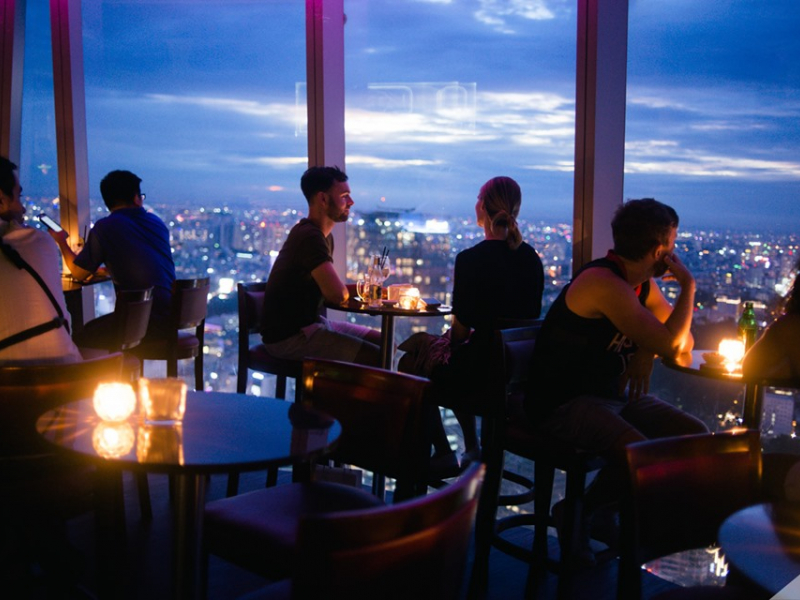
Photo by Danhsach.vn
Forget the observation decks - real ballers head to EON Heli Bar on the 50th floor of Bitexco Tower. Yes, cocktails are $15-20 (steep for Vietnam), but you're paying for the experience. The bar literally hangs off the side of the building, and the sunset views are unmatched. Dress code is smart casual - no flip-flops or tank tops.
Neighborhood Guide: Where to Stay and Play
District 1: Tourist Central
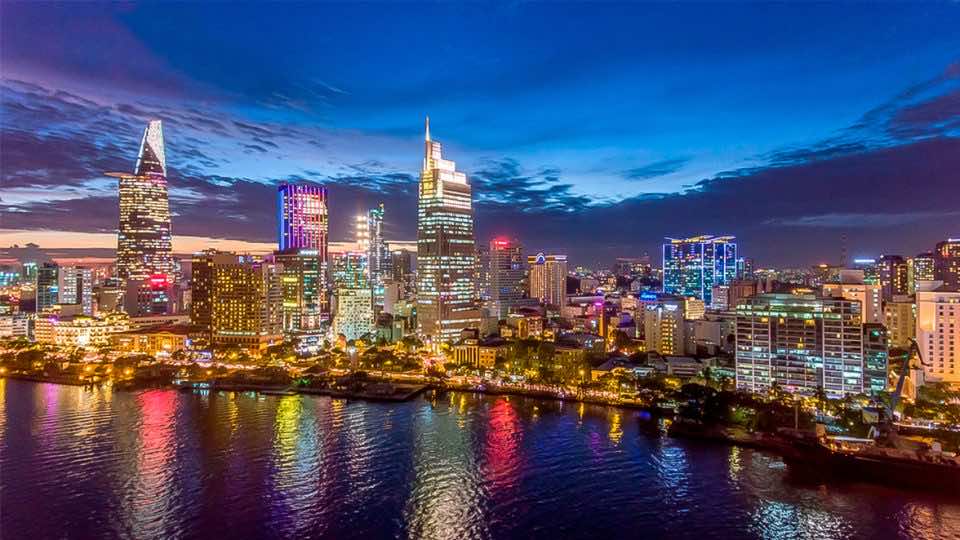
Photo by Kim Travel
This is where 90% of tourists stay, and for good reason. Everything is walkable, there's Western food when you need a break from pho, and the nightlife is right on your doorstep. The backpacker area around Pham Ngu Lao is cheap and cheerful, while the area near the Opera House offers boutique hotels and upscale dining.
Walking tour tip: Start at Ben Thanh Market early morning, walk north to the Cathedral and Post Office, hit Independence Palace, loop back through the War Remnants Museum, and end at Nguyen Hue Walking Street for sunset. It's about 2.5 miles total - doable even in the heat if you cafe-hop for air conditioning breaks.
District 2 (Thu Duc City): Where Expats Actually Live
Thao Dien in District 2 is where you'll find the expat bubble - craft beer bars, Sunday farmers' markets, and restaurants serving everything from authentic Mexican to wood-fired pizza. It's a 15-minute Grab ride from District 1, and worth visiting if you want to see how Westerners live in Saigon. The new metro makes getting here even easier.

Photo by 12Go Asia
District 5: Chinatown Adventures
Cholon (Chinatown) feels like a different city entirely. The wholesale markets are overwhelming in the best way, and the Chinese temples offer a break from the Catholic churches elsewhere. Thien Hau Temple, dedicated to the sea goddess, is particularly photogenic with its giant incense coils creating mysterious smoke patterns.

Photo by Vietnam Trip
Food Scene: Beyond Pho and Banh Mi
Street Food Survival Guide
Yes, you should eat street food. No, you probably won't get sick if you're smart about it. Rules for Western stomachs:
- Choose busy stalls (high turnover = fresh food)
- Watch them cook it fresh in front of you
- Skip the raw herbs on your first few days
- Ice is generally safe in tourist areas (it's factory-made)
- Start with cooked dishes before diving into fresh spring rolls
Must-try street foods:
- Com Tam (broken rice with grilled pork): The ultimate comfort food, usually under $2
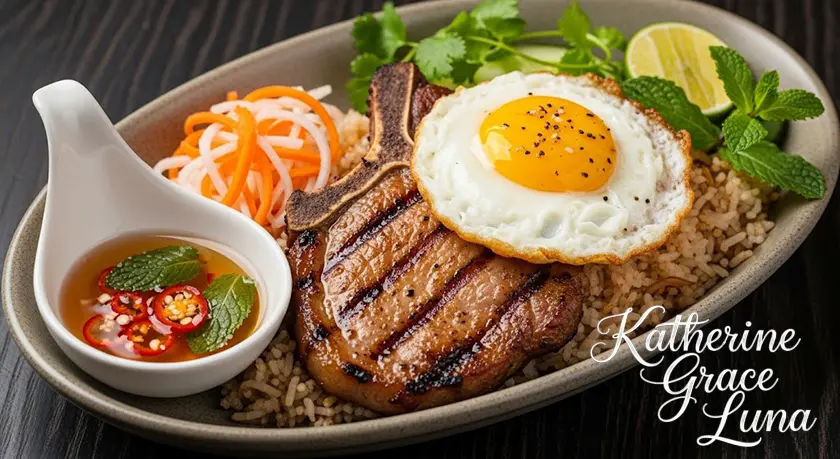
- Banh Xeo (crispy crepe): Like a Vietnamese taco, filled with shrimp and pork
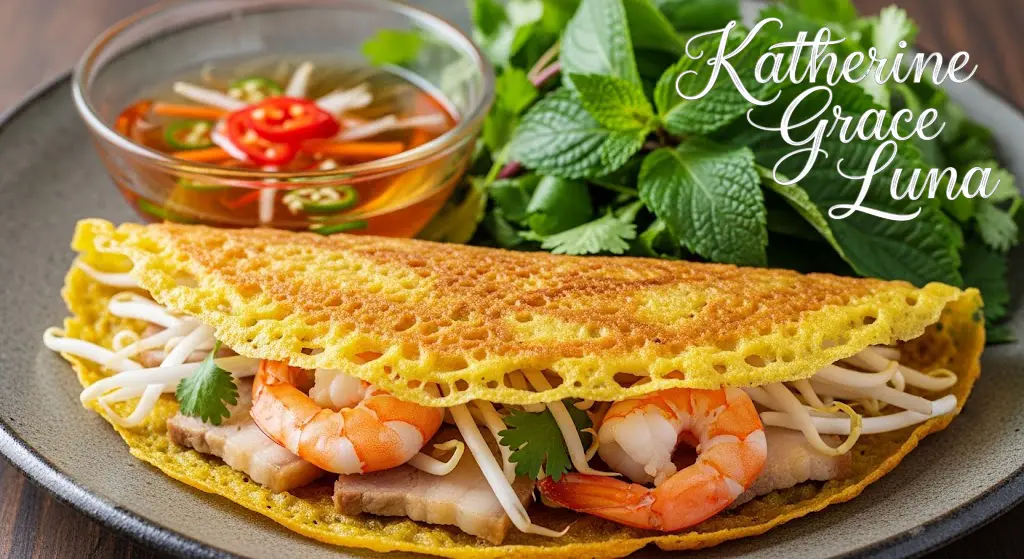
- Bun Thit Nuong (grilled pork with noodles): Perfect hot weather food
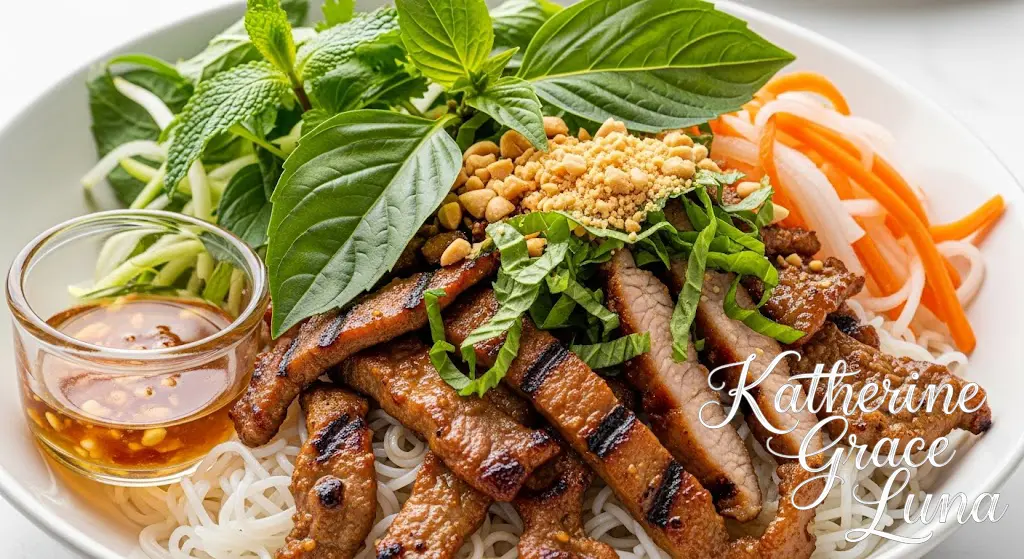
Coffee Culture: Beyond Vietnamese Coffee
Saigon's coffee scene rivals Melbourne or Seattle. Sure, try the traditional ca phe sua da (iced coffee with condensed milk), but don't miss the new wave coffee shops. The Workshop on the 2nd floor of a heritage building serves specialty coffee that wouldn't be out of place in Brooklyn.
For Instagram gold, hit up The Cafe Apartment at 42 Nguyen Hue - a worn apartment building where every unit is a different cafe. Go to Saigon Oi on the 6th floor for the best views. Expect to wait for a window seat, but it's worth it for the photos.
Craft Beer Revolution
Vietnam's craft beer scene exploded in recent years. East West Brewing in District 1 makes excellent IPAs and has a killer happy hour (4-7 PM daily). BiaCraft in District 2 rotates 30 taps of local and imported craft beers. Prices are higher than street beer (obviously), but $3-5 for quality craft beer is still a bargain by Western standards.
Practical Stuff: What Guidebooks Don't Tell You
Money Matters
ATMs are everywhere, but many have low withdrawal limits ($100-200). Citibank and HSBC ATMs allow up to $400 per transaction. Your bank will likely charge you $5-10 per withdrawal, so maximize each one.
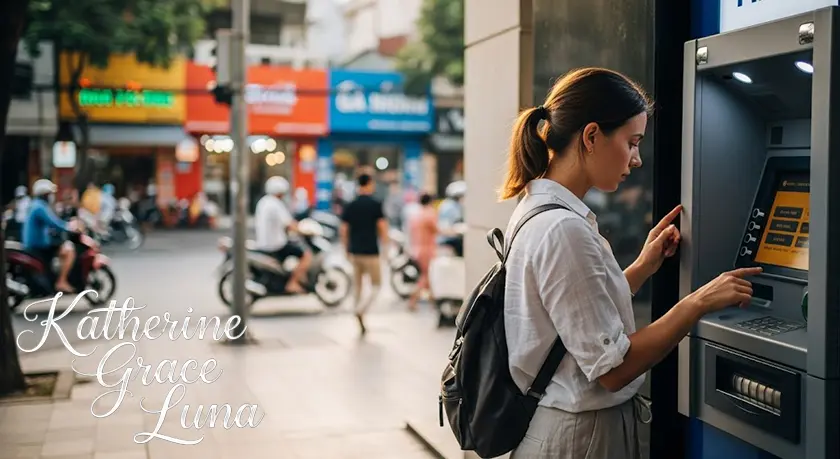
Cash is still king for street food and markets, but Grab accepts cards, and most restaurants in tourist areas take Visa/Mastercard. Download the exchange rate app before you go - some vendors quote prices in USD but give terrible rates.
Weather Reality Check
Everyone says December to March is best, and they're right - it's dry and "cool" (still 85°F/30°C). But here's what they don't mention: April is actually perfect if you can handle a bit more heat. May to November is wet season, but "wet" means a 30-minute downpour around 3 PM, not all-day rain. Hotels are cheaper, tourist sites less crowded, and everything is green and lush.

Pack light, breathable clothes. You'll sweat no matter what. Bring good walking shoes that can get wet - sidewalks flood quickly during rain.
Safety and Scams
Saigon is incredibly safe for violent crime, but petty theft is common. Phone snatching from motorbikes is the biggest risk. Keep your phone secure, and walk against traffic so bikes can't sneak up behind you.
Common scams:
- Taxi drivers saying the meter is "broken" (just get out)
- Ben Thanh Market vendors starting at 3x the real price
- Fake Grab drivers (always check the license plate)
- Bar girls wanting you to buy them expensive "lady drinks"
The Crossing-the-Street Dance
Forget everything you know about pedestrian rights. In Saigon, might makes right, and you're at the bottom of the food chain. The secret? Walk slowly and predictably. Don't run, don't stop, don't step backward. The bikes will flow around you like water around a rock. Sounds terrifying, is terrifying, but somehow works.
Sample Itineraries That Actually Work
The 48-Hour Blitz
Day 1:
- Morning: War Remnants Museum and Independence Palace
- Lunch: Pho at Pho Hoa Pasteur (air-conditioned comfort)
- Afternoon: Notre-Dame area and Central Post Office
- Late afternoon: Coffee at Cafe Apartment
- Sunset: Skydeck or EON Heli Bar
- Evening: Street food tour in District 1
- Night: Drinks on Bui Vien "Walking Street" (embrace the chaos)
Day 2:
- Early morning: Ben Thanh Market before the crowds
- Morning: Cu Chi Tunnels tour
- Late lunch: Banh Mi at Banh Mi Huynh Hoa (worth the queue)
- Afternoon: Jade Emperor Pagoda
- Evening: Dinner in Thao Dien
- Night: Rooftop bar hopping

The Full Week Experience
Add to the 48-hour itinerary:
- Day trip to Mekong Delta (Can Tho is more authentic than the closer options)
- Full day exploring Chinatown's markets and temples
- Cooking class (Saigon Cooking Class by Hoa Tuc is excellent)
- Day trip to Vung Tau beach (90 minutes by hydrofoil)
- Art galleries and museums in District 3
- Motorbike food tour at night (book with XO Tours)
The Bottom Line
Ho Chi Minh City isn't trying to be Bangkok or Singapore. It's unapologetically itself - chaotic, communist, capitalist, and compelling all at once. The new metro makes it more accessible, but it hasn't lost its edge. You'll leave exhausted, exhilarated, and already planning your return trip.
The city rewards those who embrace the chaos rather than fight it. Say yes to the motorbike taxi, try the weird fruit at the market, venture beyond District 1. Your Instagram will thank you, but more importantly, you'll understand why expats come for a year and stay for a decade.
Is it perfect? Hell no. Will you sometimes want to escape to your air-conditioned hotel room? Absolutely. But if you want a sanitized, predictable Asian city experience, go to Singapore. Come to Saigon for the real deal - beautiful chaos and all.
